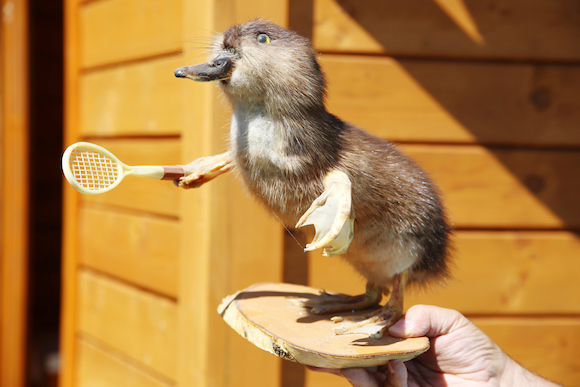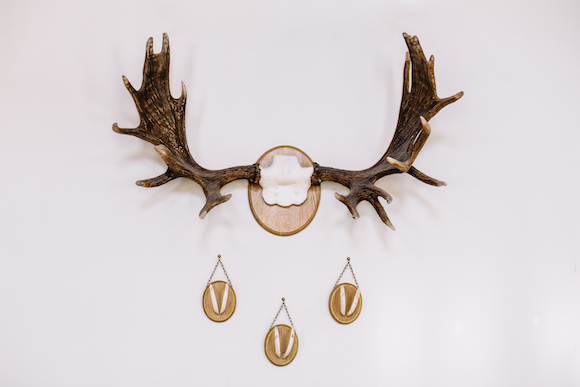While displaying your trophy wall mounts can be a source of pride, a cross-country move or house renovation may lead to setting them aside for a period of time.
To make sure you’re storing the prized pieces in a safe way, use common sense, recommended Dale Manning, owner of Custom Bird Works and The Big Game Connection in Missoula, MT. “If you take your really nice deer head and put it in the barn, you’re going to have problems.”
Follow these steps to store your taxidermy correctly:
- Store indoors in a dark place, between 60 and 80 degrees.
- Avoid a place where humidity exceeds 60 percent.
- Pack taxidermy inside of wood crates if possible.
- Attach your piece to the bottom of the crate with screws to keep it from tipping over.
- Coat the seams of the crate with a silicone sealant.
- Use poison pellets and silica gel to keep pests away.
1. Opt for Indoors.
“Outdoor storage is usually a problem because of moisture breaking down the materials and sunlight, which causes fading,” noted Joe Black, founder of Nature Rated, a hunting, fishing and nature website.
In addition to finding an indoor location, look for a spot without windows. If there are sections where the sun’s rays peek through, cover the areas with blackout curtains. This will reduce the risk of white fur turning yellow, and also help keep darker colors from bleaching.
2. Use Crates.
Ask your taxidermist or the manager of your local hardware store for crate options. “A simple crate made of pine wood is perfect,” explained Black.
Then use wood screws to fasten your trophy to the bottom of the crate. If the container is tipped over, the trophy won’t fall.
3. Avoid Pest Problems.
“Probably the biggest risks to taxidermy are bugs and mice,” stated Manning. “Moths are also really hard on taxidermy.”
Some insects can chew through hair and other animal features. If you’re not careful, you could open a crate after several months and find the feet from your stuffed bird missing.
“To protect from pests it’s best to include poison pellets in the crate and silica gel packets to wick away moisture,” explained Black.
Coat the inside seams of the crate with a silicone sealant to close any cracks that bugs could potentially creep through. After closing the crate, cover the outside seams with the silicone sealant as well.
Check the fine print of pellets and other repellents to see how often they need to be reapplied.
For extra protection, consider setting off a bug bomb in the area periodically, advised Manning.
4. Store at the Right Temperature.
Extremely high or low temperatures, along with high levels of humidity, are dangers for your trophies, noted Wes Good, president of Kanati Studio in Myerstown, Pa.
Look for a storage unit that will maintain a comfortable temperature, ideally between 60 and 80 degrees Fahrenheit. Keep the pieces in a space where the humidity doesn’t surpass 60 percent.
Make sure any crates are stored off of the floor to avoid potential water damage. Keep liquids and heavy equipment or furniture that could fall over at a safe distance from the taxidermy pieces.
5. Don’t Overlook Security.
If your pieces are valuable, consider storing them in a place where you can close and lock the area. If you have them in a storage unit, check the security levels at the complex.
Opt for a place that has solid safety measures in place, such as video surveillance, alarmed units, surrounding fences, or managers on site.
6. Clean Your Prizes.
To keep your mounted bird or deer head in peak condition, stick to a regular cleaning routine, suggested Good. Once every few months, go over pieces lightly with a feather duster. For some mounts, you may be able to use a soft, damp cloth. If the eyes begin to lose their shine, put some glass cleaner on a cotton swab. Rub it over the eyes to help the gleam return.






